
We all know that sewing is a craft that requires a variety of skills and techniques, and while some skills are easier to learn than others, there are certain skills that can be quite challenging for even the most experienced sewers. In this article, we will take a look at some of the hardest skills in sewing and how to master them.
Fitting Garments
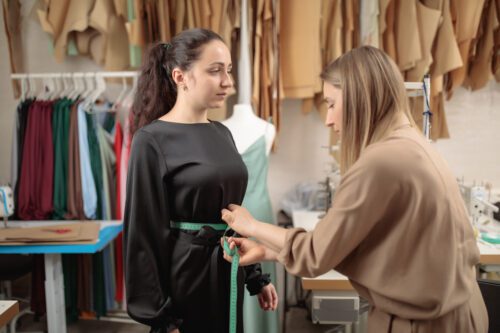

One of the hardest skills in sewing is fitting garments. Whether you are making a shirt, dress, or pants, getting a good fit can be a challenge. There are many factors that can affect the fit of a garment, including body shape, fabric choice, and pattern size. To get a good fit, you will need to learn how to take accurate measurements, choose the right size pattern, and make necessary adjustments to the pattern pieces.


One way to improve your fitting skills is to practice on simple projects, such as t-shirts or skirts. These projects allow you to focus on the fit without getting overwhelmed by more complex details. You can also seek out resources such as books, videos, or classes that can help you learn about fitting techniques.
Sewing curves and corners
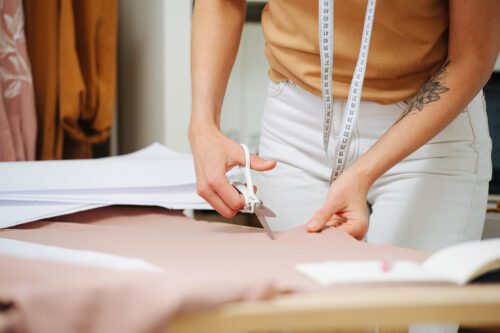

One of the most difficult aspects of sewing is navigating curves and corners. When you're working with a straight seam, you can simply follow the line and keep the fabric moving smoothly under the presser foot. But when you encounter a curve or a corner, it can be tough to maintain even stitches and a neat, smooth seam. Here are a few things you can try to improve your accuracy when sewing curves and corners:
Use a shorter stitch length
A shorter stitch length will help you better control the fabric and keep the seam in place as you navigate the curve or corner.
Use a walking foot
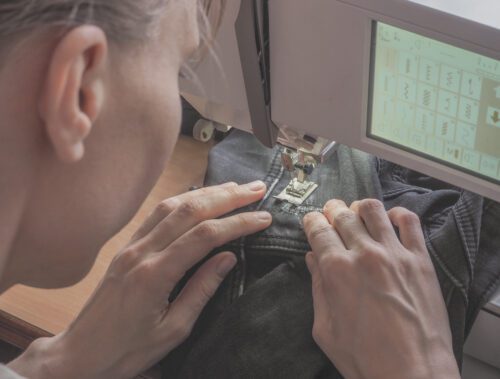

A walking foot is a specialized presser foot that moves along with the fabric as you sew, which can be especially helpful when sewing curves and corners.
Pin Carefully
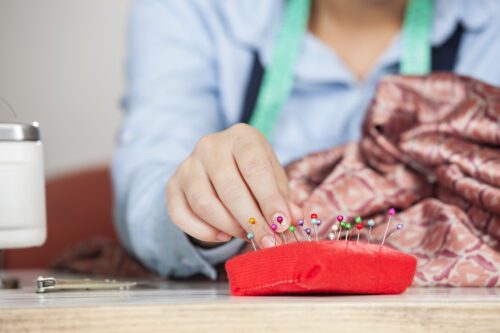

Take the time to pin your fabric in place before sewing, especially around curves and corners. This will help hold the fabric in place and give you a better sense of where you're headed as you sew.
Practice, practice, practice
The more you sew curves and corners, the better you'll get at it. Don't be afraid to try out different techniques and find what works best for you.
Working With Difficult Fabrics
Not all fabrics are created equal, and some can be much more challenging to sew than others. Some common difficult fabrics include sheer fabrics, stretchy fabrics, and thick fabrics. Here are a few tips for sewing these types of fabrics:
Sheer fabrics


Sheer fabrics, such as chiffon or organza, can be tough to sew because they are so lightweight and prone to slipping and shifting. To sew these fabrics, you'll need a very fine needle, a lot of pins, and a steady hand.
Stretchy fabrics


Stretchy fabrics, such as jersey or spandex, can be tough to sew because they tend to stretch and bunch as you sew. To sew these fabrics, you'll need a stretch or jersey needle, and you may also want to try using a walking foot or a serger to help keep the fabric in place.
Thick fabrics
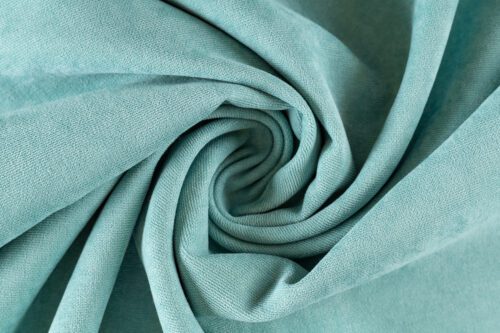

Thick fabrics, such as leather or canvas, can be tough to sew because they require a lot of force to push through the machine. To sew these fabrics, you'll need a heavy-duty sewing machine with a powerful motor, and you may also want to use a leather or denim needle.
Creating Professional-Looking Finishes
One of the biggest challenges for beginner sewers is creating professional-looking finishes. This includes things like hemming, attaching buttons and zippers, and topstitching. These skills require a high level of attention to detail and precision, and it can take time and practice to master them.


To improve your finishing skills, it can be helpful to seek out resources such as books or classes that can teach you specific techniques. You can also practice on small projects, such as pillowcases or tote bags, which allow you to focus on the finishes without getting overwhelmed by more complex details.
Drafting Your Own Patterns
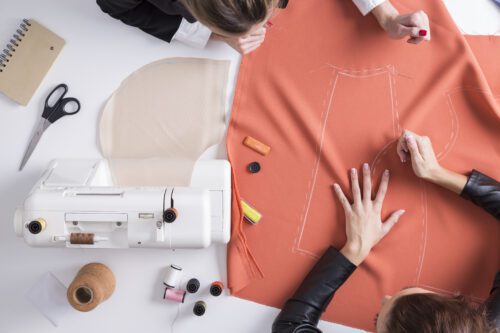

For some sewers, the hardest skill of all is drafting your own patterns. This involves creating your own designs and creating paper patterns based on those designs. Drafting your own patterns requires a high level of understanding of garment construction and the ability to translate your ideas into a physical pattern. It can be a challenging and time-consuming process, but it is also extremely rewarding.
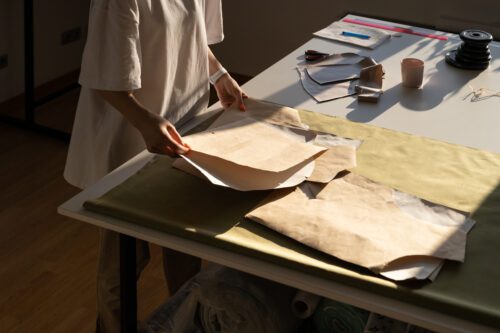

Pattern drafting is well worth its own dedicated series of articles and videos. Drafting is where your knowledge of all the other sewing skills comes together, as you now have to envision the project in your head and then put it to paper. this can be done with old-fashioned pencil and paper, or with the assistance of professional software.
Conclusion


Sewing is a craft that requires a wide range of skills, and while some skills are easier to learn than others, there are certain skills that can be quite challenging for even the most experienced sewers. Fitting garments, sewing curves and corners, working with difficult fabrics, creating professional-looking finishes, and drafting your own patterns are all skills that can take time and practice to master. However, with dedication and a willingness to learn, you can develop these skills and become a confident and skilled sewer.
Let me know what you think are the hardest sewing skills in the comment below. And Until Next Time, Happy Sewing!








ZIPPERS!
Hidden zippers! Or zippers in general, even with a zipper foot! It’s never perfectly straight
Sewing corners with my serger, especially inside corners.
I have trouble fitting patterns for a short-waisted person. I know I need to find a good how-to book or online class that teaches fitting a pattern.
A normal sized person will have 10cm between the waist, high hips and low hips measurement. For a short waisted person, you want to know your measurements by tying a string or ribbon around these areas evenly and measuring the distance in between each.
Sewing tiny Barbie Doll clothes is most difficult for me. I spend more time on them than I do on a garment for myself.
My choice would be bound buttonholes. My sample is always ok but……